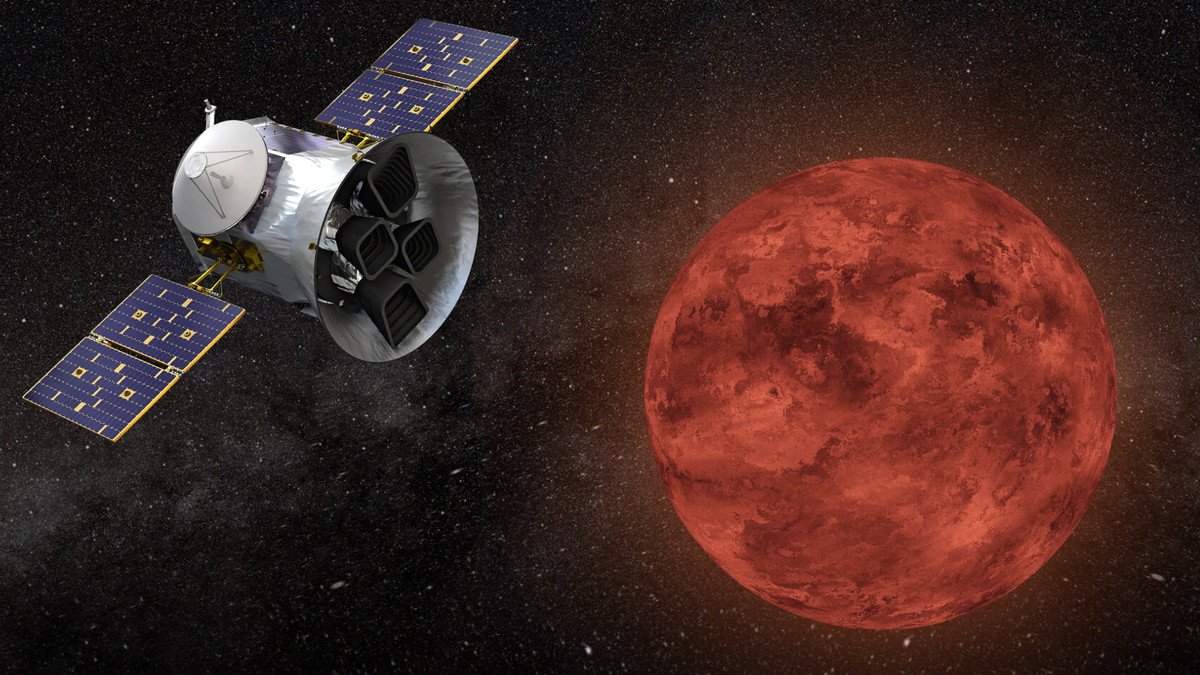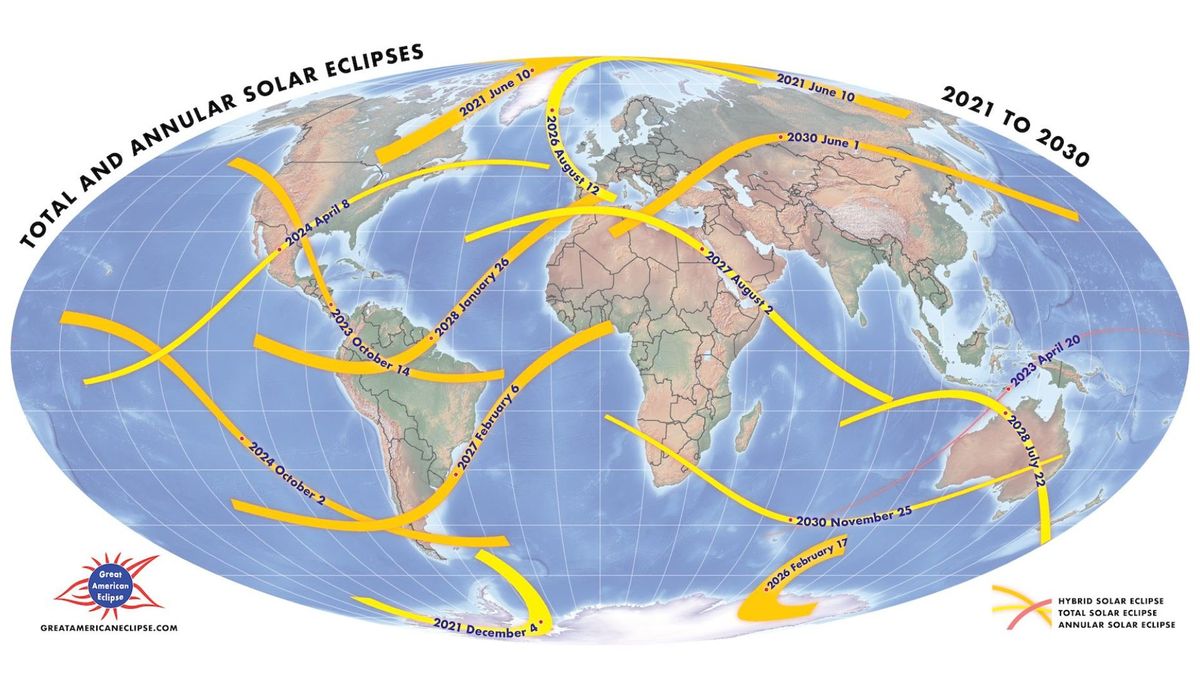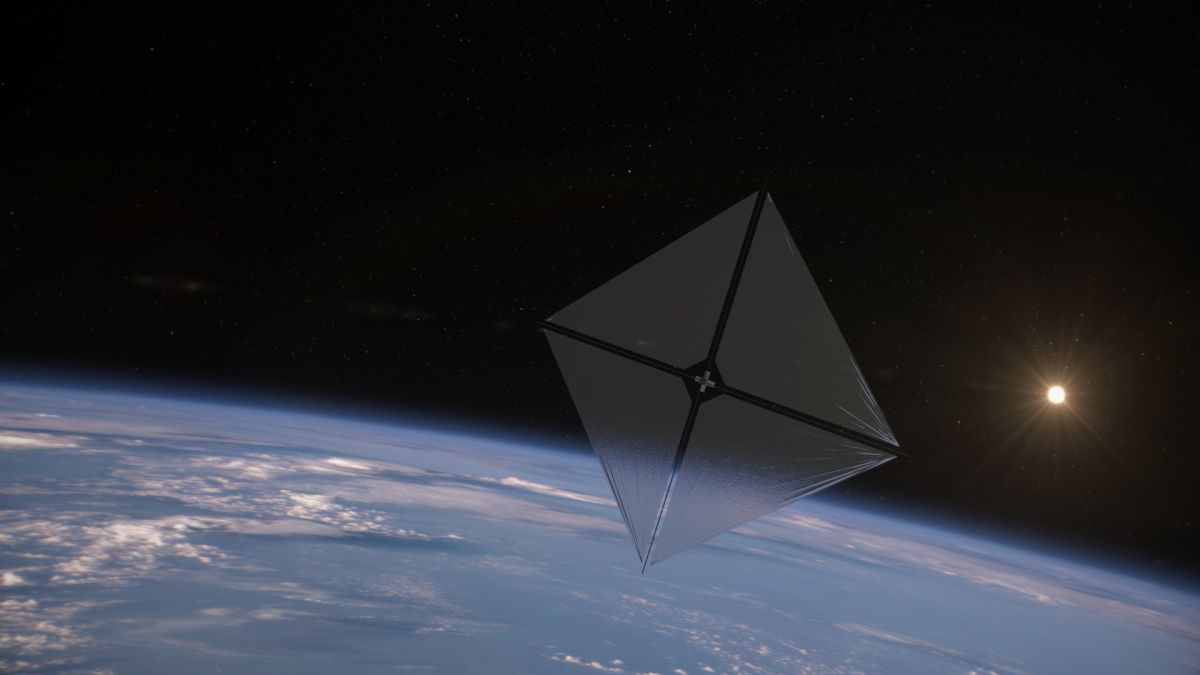NASA’s TESS May Have Just Found First ‘Orphaned’ Planet
In a possible first, NASA’s Transiting Exoplanet Survey Satellite (TESS) might have identified its inaugural free-floating or “orphaned” planet, a celestial body adrift in the vastness of space unattached to any star.
This discovery, if confirmed, showcases TESS’s ability to utilize a concept envisioned by Albert Einstein over a century ago to detect these enigmatic rogue planets. While the prevailing knowledge mainly pertains to planets orbiting a central star, the Milky Way is thought to host a substantial number of rogue planets ejected from their original solar systems due to gravitational interactions.
The estimated count approaches a quadrillion rogue planets in our galaxy, surpassing the number of stars within the Milky Way. The potential identification of a lone cosmic wanderer by TESS, operational since 2018, signifies a significant achievement.
Unveiling Cosmic Orphans
According to Michelle Kunimoto, a postdoctoral fellow at the Massachusetts Institute of Technology (MIT) specializing in exoplanet detection, their team detected a signal in TESS data consistent with microlensing by a free-floating planet. The finding, discovered in the initial observational sector out of 75, exceeding expectations and sparking excitement within the scientific community.
If this signal indeed points to a rogue exoplanet, conjectures suggest a planetary mass several times that of Earth situated at a distance of over 6,500 light-years away from Earth.
The Role of Einstein’s Theory
Most exoplanets discovered to date have been inferred based on their gravitational influence on host stars. However, rogue planets lack such a reference point, rendering traditional detection methods ineffective. Einstein’s theory of general relativity proposes a solution through gravitational lensing, leveraging the curvature of spacetime by massive entities to magnify distant light sources.
In the case of rogue planets, exhibiting minimal mass, microlensing occurs due to their weak gravitational pull. This phenomenon elucidates the presence of a rogue planet by brightening background light sources.
TESS’s Unexpected Capabilities
Despite TESS’s primary function of identifying planets orbiting host stars through transits, the telescope’s sensitivity to minor shifts in stellar brightness enables the detection of microlensing events associated with rogue planets. The unexplored potential within TESS data led to the unprecedented identification of a potential rogue exoplanet.
While the quest for rogue planets through microlensing is in its early stages, the team remains cautiously optimistic, acknowledging the need for further confirmation. Ongoing analyses and follow-up observations aim to shed light on the signal’s authenticity.
With mere fractions of TESS’s data explored, the landscape of exoplanetary discoveries promises fascinating revelations in the near future. The team’s research, pending publication in the Monthly Notices of the Royal Astronomical Society, offers a glimpse into the vast expanse of uncharted cosmic realms.
Image/Photo credit: source url





